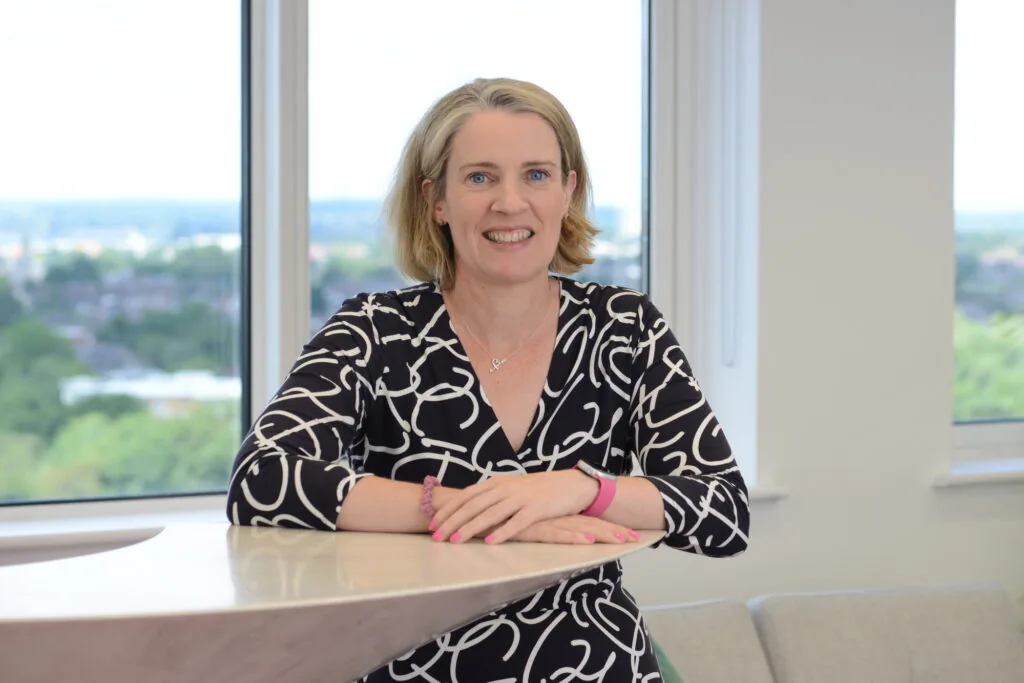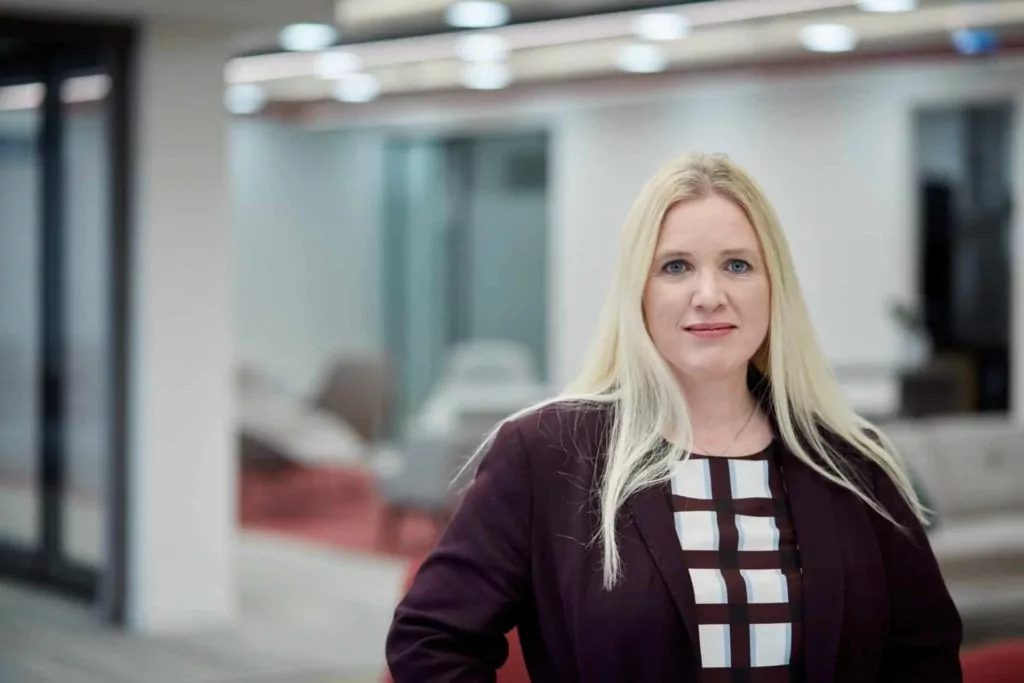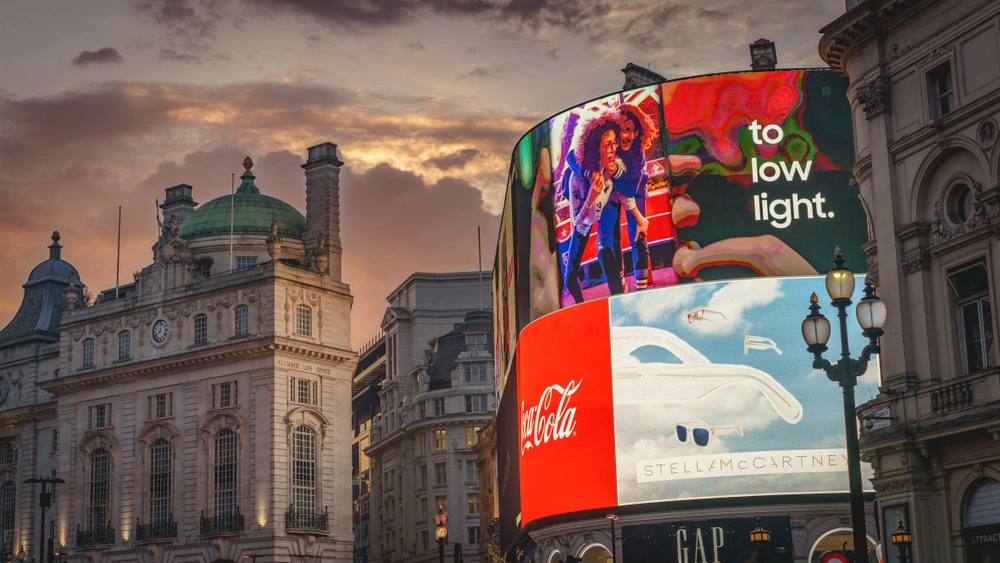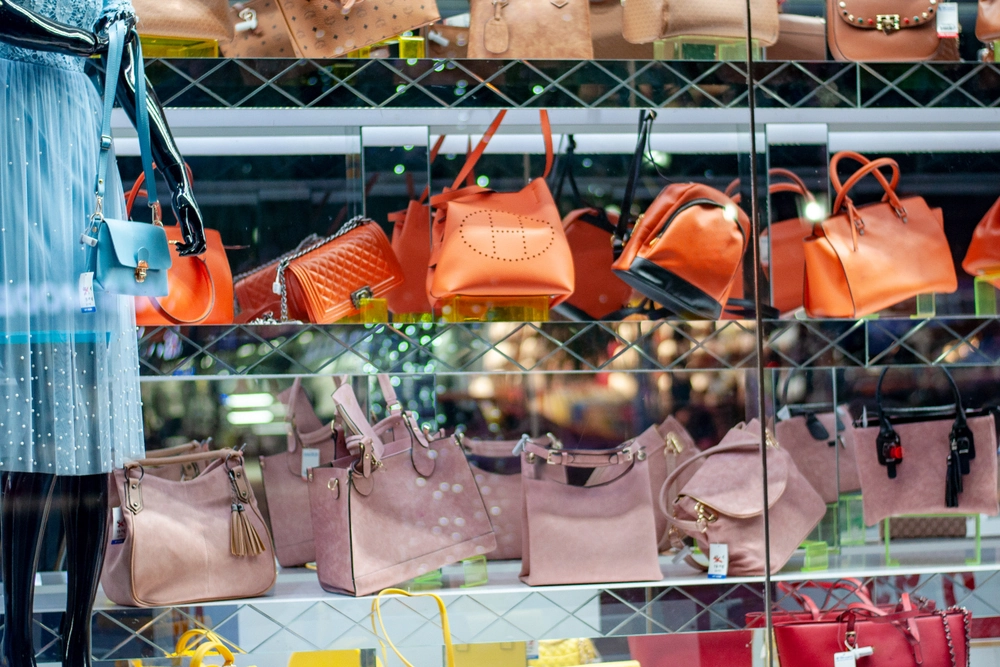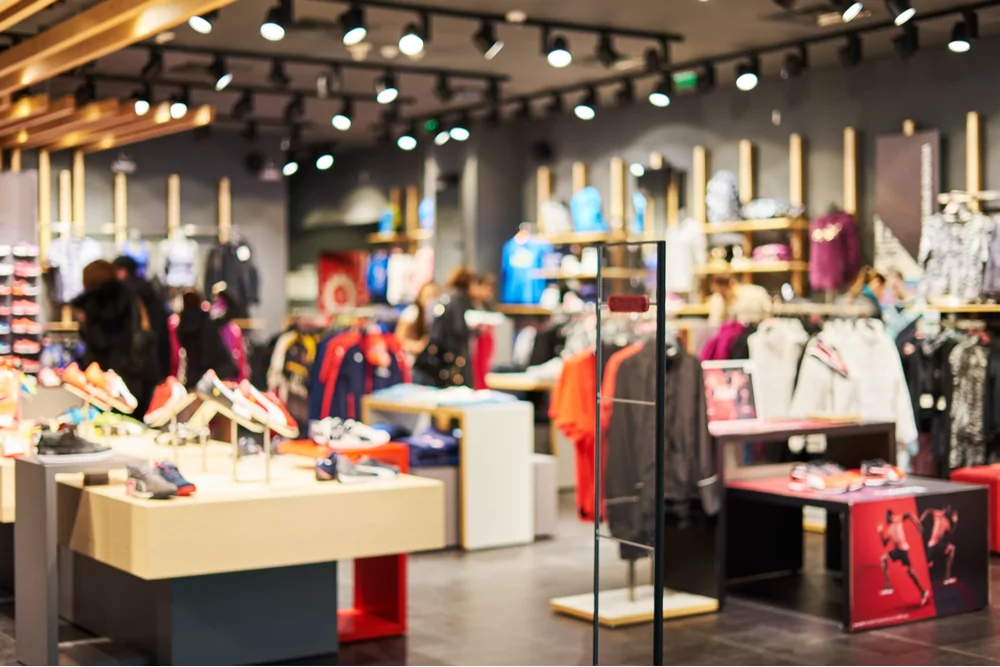
Retail Reduced – June 2024

By Nathan Peacey, Hannah McIntosh, Melissa Story
1 Jul 2024 | 1 minute read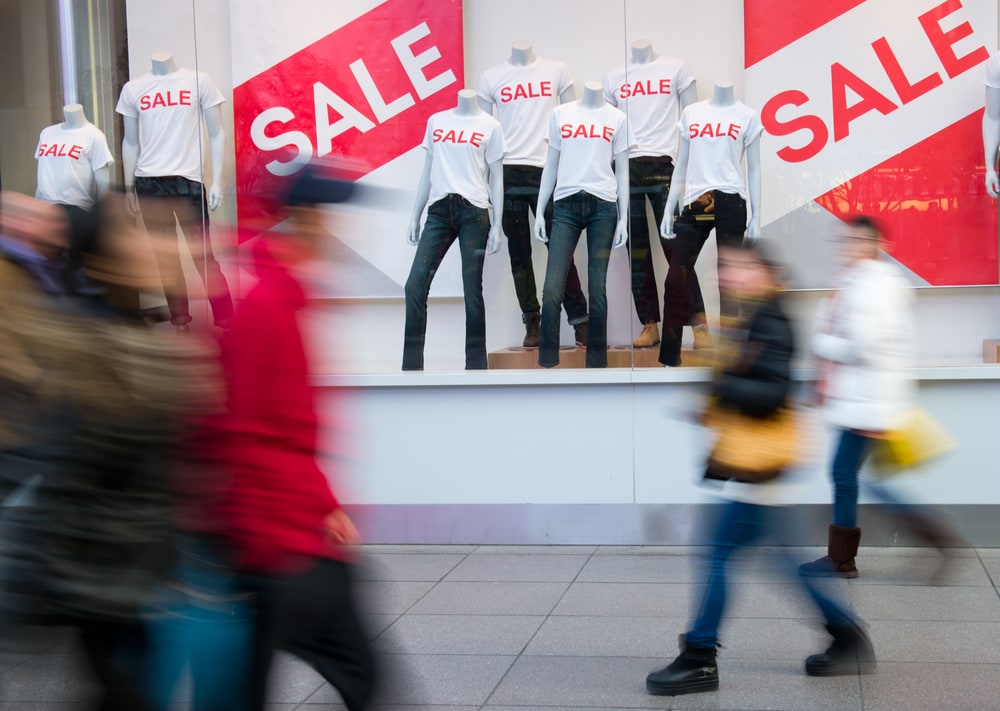
In this month's review of trends in the Retail and Consumer sector we look at the resurgence of the retail park and how Taylor Swift's 'Eras Tour' is bringing economic growth.
Trends in the Retail Sector in June 2024
Whilst retail footfall for May remained below figures from last year, retail parks have experienced a boom since the COVID-19 pandemic. These larger stores at out-of-town locations were considered favourable to closed-in, high-density high streets with free parking options allowing shoppers to avoid public transport and make the most of click-and-collect options.
Retail parks are forecast to grow in popularity and value. The UK retail park market size was GBP 50.62 billion in 2022 with predictions that the market will grow at a compound annual growth rate of more than 2% during 2022-2027. Matthew Reed, Head of Retail Parks and Retail Solus at British Land (the largest owner and operator of retail parks in the UK) explained that British Land’s sales were up 6% year-on-year during FY23 across their retail park portfolio, with a 99% occupancy rate, the highest in 12 years. He said: “If you go back to the mid-2000s, you had quite a limited type of retailer who would go on to retail parks. Post-Covid, we’re seeing many more names coming to the fore.”
Why are retail parks experiencing a boom?
Accessibility
For consumers, the cost-of-living crisis has put cost consciousness to the forefront of shopper’s minds. In retail parks, consumers have access to a range of retailers, including a concentration of discounters covering many sectors. Benefitting from free parking and ease of travel, consumers are more likely to buy in bulk to save time and money or shop around for the best deals. This has created a halo effect with other retailers actively seeking to piggyback off this heavy footfall.
Adaptability
Standard configured units provide a flexible space for retailers to personalise and maximise display space through simplified shop fits.
Affordability
Retail parks are often located out of town centres so benefit from lower rents, business rates and service charges compared with shopping centres and high street locations.
Synergy with Online Shopping
Retail parks have remained resilient as larger units can easily facilitate in-store returns and click-and-collect hubs allowing them to exist in harmony with online retail.
More consumers are looking for convenience and speed from their shopping experiences, and retail parks meet these expectations.
However, retail parks in orbit around cities and towns have long been subject to criticism for their negative impact on the environment and non-sustainable culture. Most consumers travel to retail parks in cars which increases congestion on the roads and the release of exhaust emissions which contributes to the greenhouse effect. Meanwhile, the development of retail parks on greenfield sites causes disruption to local habitats and species. Increasingly, developers are implementing energy efficient features to offset the carbon footprint of retail parks.
Following their success in recent times, it will be fascinating to see if retail parks continue to prosper and, if so, how they can become more sustainable.
Taylor Swift’s ‘Eras Tour’ is Redefining success; with over 11 million tickets sold and an estimated £1.7 billion in revenue generated, it has become the highest grossing tour of all time.
During Swift’s visit to the UK, Swiftie fever has swept the nation. Liverpool renamed itself ‘Taylor Town’, Edinburgh Zoo welcomed new cotton-top tamarin twins ‘Taylor’ and ‘Swift’, and public transport has been re-branded with Taylor Swift designs. Around 1.2 million UK fans will have been enchanted by the American artist across 15 performances in four cities by the end of August when she finally says so long, London. But they’re not the only lucky ones as it is predicted that merchandise sales, outfits, food, accommodation and travel will bring in almost £1 billion (£997m) to the UK’s experience economy.
‘Swiftonomics’ refers to the economic influence and impact of Taylor Swift on various sectors, local and national economies. Businesses have been wise to embrace the cultural phenomenon of Swift’s reputation by rebranding, offering Taylor Swift-inspired fashion, or selling friendship bracelet kits.
Maria Psyllou, Assistant Professor in Economics at the University of Birmingham, said: “Swiftonomics illustrates how a high-profile artist with her unique influence and business decisions can create substantial economic ripple effects. Taylor Swift’s impact extends beyond entertainment revenue, illustrating the profound economic power of the entertainment industry in contemporary economies.”
Initial spending by fans on tickets and merchandise have been strong; injecting capital into the economy and benefitting the entertainment sector directly. Consequently, increased demand for concert-related services such as hospitality, transportation, and retail will have a positive impact on other sectors. Data from Barclays suggests fans will spend on average £121 on accommodation, £111 on travel, £59 on a pre-concert meal, and £56 on clothing, with almost a fifth (18 per cent) buying a new outfit especially for the concert to ensure they stay in style. Furthermore, as London is hosting more shows than any other city on the tour, Swift’s global fan base is set to contribute to the UK’s tourism and cultural industries as fans fly in to the capital to attend the shows.
Long story short, as UK retailers continue to face challenges from the cost-of-living crisis and low consumer demand, Taylor Swift’s arrival changed what could’ve been a cruel summer into a gold rush with the Eras Tour catalysing immediate economic stimulus beyond our wildest dreams.





